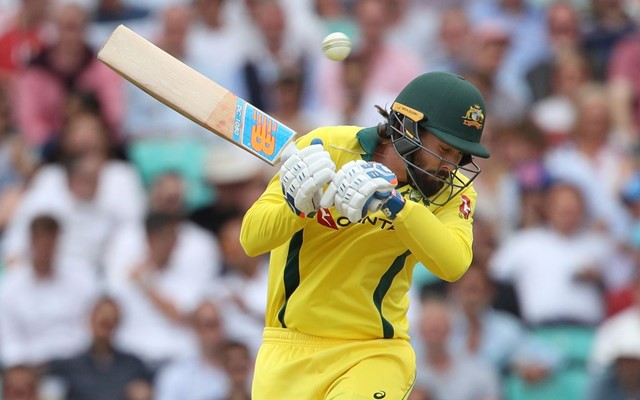1.Two new ball
![]()
In October 2011, two new balls were used in ODI cricket-one from both ends, and each ball used in an innings for a maximum of 25 overs. It ensures that the ball never gets old enough to help the swing backward. It also has made life more difficult for spinners, who appear to prefer bowling with an older frame. During the last ten overs of innings, a harder ball is always easier to score. Countries such as India have consistently opposed the rule over the years, as scoring levels are rising with every passing series.
Between January 1999 and September 2011, a total of 16 instances of a team losing five wickets within the first ten overs were recorded across 1098 ODIs between top sides. However, there have been 11 instances of this kind across 604 ODI matches since October 2011. After the new ball law that never occurred between 1999 and 2011, a team lost four wickets in the first five.
The bowlers have suffered from lack of swing on most occasions, given the two new balls rule. A standard pitch used for an ODI match was the reason for this being effective for high scores. But if both sides of 2000 had the same rule, the batsmen might have endured even more unfavorable things.
2.Bouncers per over
![]()
As of 1 October 2012, the number of bouncers allowed per over is 2 for Test Matches, 2 for ODIs (since 2001, change from 1). Each is above shoulder height. Therefore, each ball is wide above head height. When you bowl too many bouncers in an over (no matter which batsman), you get warned twice, and the third time you get to pull off from the match.
Players who were getting their concerns with short balls got away from experiencing those. Such players would have found it hard to get away in the current situation, and the score runs efficiently. The pacers are now allowed to bowl at least two bouncers above the height of their shoulders but should not cross the head of the batsman.
Sourav Ganguly always fought against pacers, mainly in his late-career life, which agreed with the bowlers being permitted to bowl bouncers of head height (in 2001). Ganguly scored 43.81 with 16 centuries against top 10 teams before the bouncer rule, and had an average of 45.19 as an opener alone.
3.Field restrictions and bye-runners
![]()
Necessary powerplay had been done 15 times before 2005, and no more than two players were allowed beyond the 30-yard loop. Two more players have to be in the area of catch, that also is, the inner ring around the court is closest to the batter. That helps the batsmen reach the edge quickly. With such a rule, the current cricket player with aggressive play will average over 8 points during this time.
The field restrictions have been overhauled since 2005 to include more than ten compulsory powerplays, followed by two blocks of more than five powerplays, allowing three fielders to stay near the circle. Currently, four fielders are allowed to remain close to the border until the forced play of more than ten times is over.
Besides, the rules for catching positions were abolished in 2012. Therefore, in the midfield catch game, the batter needs to run a lot of singles and doubles, which poses a challenge to the physical fitness of the player.
It is well known that the past rules were abused by players around the 1990s and 2000s, which is one of the reasons why athletes have been banned from participating in international cricket matches since October 2011. And the previous generation must strike to 40 over in today’s ODI cricket game. There’s already a requirement to find boundaries, which is likely to exhaust players before they get a high score.





